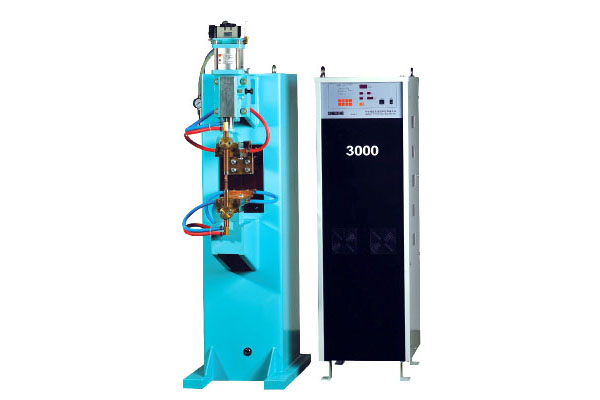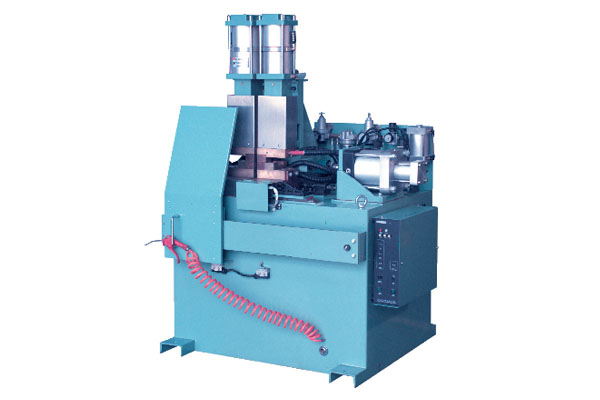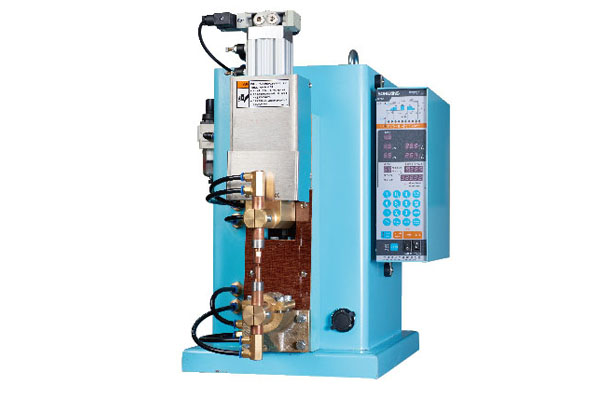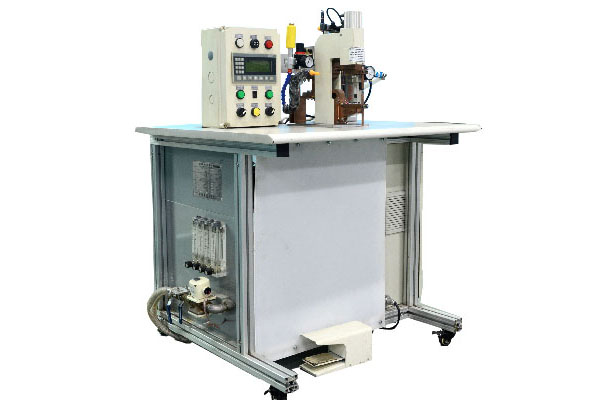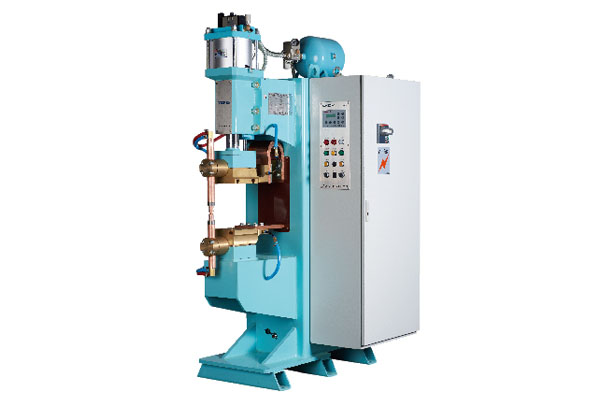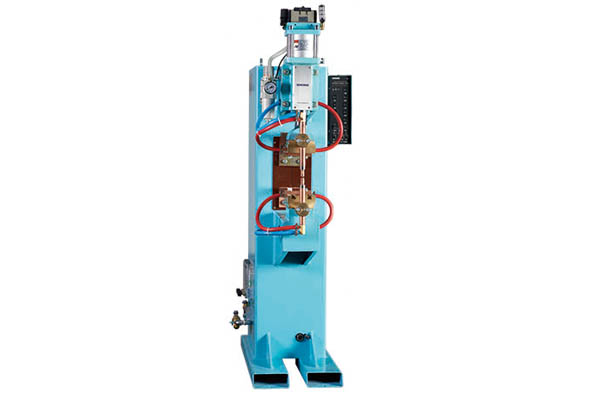News & Technicals
The Importance of Spot Welding Machines in Stainless Steel Manufacturing
The spot welding machine applies pressure to the weldment through the electrode, and uses the resistance heat generated when the current passes through the weldment to achieve welding. When welding stainless steel parts, the instantaneous high current will generate high temperature at the contact point, causing the stainless steel material to melt locally and form a weld spot, thereby achieving connection.
Advantages of welding stainless steel parts
High-precision welding
It can achieve precise spot welding position and welding volume control to ensure the dimensional accuracy and welding quality of stainless steel parts.
For example, in the welding of stainless steel parts in precision instruments, the spot welding machine can ensure that the position deviation of the weld is extremely small and does not affect the overall performance of the instrument.
Efficient production
The welding process is completed quickly, greatly improving production efficiency.
For enterprises that mass-produce stainless steel parts, spot welding machines can complete a large amount of welding work in a short time.
Good appearance quality
The welded welds are uniform and beautiful, with a smooth surface and no obvious welding marks.
This is of great significance for stainless steel products with high appearance requirements, such as stainless steel kitchenware, decorations, etc.
Strong material adaptability
Applicable to various stainless steel materials, including different grades and thicknesses.
Key points of welding process
Electrode selection
Select appropriate electrode materials and shapes according to the characteristics of stainless steel parts and welding requirements.
For example, for thinner stainless steel plates, the use of conical electrodes can better concentrate the current and improve the welding effect.
Welding parameter adjustment
Reasonably set parameters such as welding current, welding time and electrode pressure to obtain the best welding quality.
Excessive current may cause welding spatter, while too small current may result in insufficient welding strength.
Surface treatment
Before welding, clean and treat the welding parts of stainless steel parts to remove impurities such as oil stains and oxide layers to ensure the reliability of welding.
Quality control and inspection
Appearance inspection
Observe the appearance of the weld by naked eyes to check whether there are defects such as pores, cracks, slag inclusions, etc.
Strength detection
Use methods such as tensile tests to detect whether the strength of the welded joint meets the design requirements.
Non-destructive testing
For some important stainless steel parts welding, non-destructive testing methods such as ultrasonic testing and radiographic testing can be used to ensure that there are no defects inside the weld.
In short, spot welding machines have significant advantages in the welding of stainless steel parts, but to give full play to their role, it is necessary to master the correct welding process and strict quality control measures. With the continuous advancement of technology, the performance of spot welding machines will continue to improve, providing better quality and more efficient welding solutions for the manufacture of stainless steel parts.
Send Message
Premium Product
Email: info@resistancewelder.com 102A, 1st Floor, Building 3, 51 Xiangshan Avenue, Ningxi Street, Zengcheng District, GuangzhouCatalogue
News & Technicals
Structure of Nut Electrode of Intermediate Frequency Spot Welder
Analyze the Electrode of the Intermediate Frequency Spot Welder
Analyze the Influence of the Welding Point Distance of the Spot Welder
Function of Butt Welding Machine Inspection System
Contact Us
Tel: 0086-130-8387-7627
Factory:
